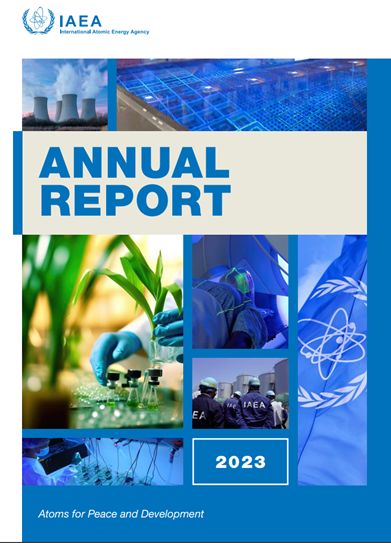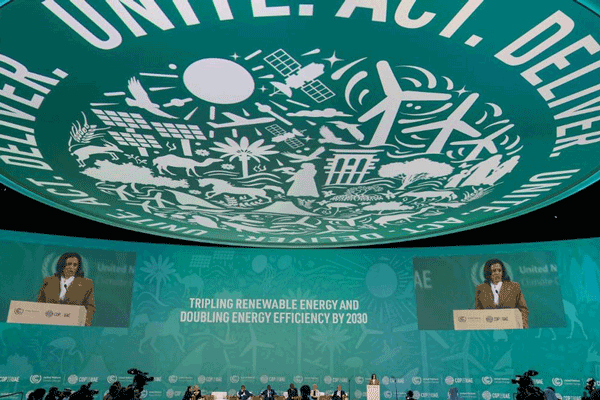What is the Clean Energy and Nuclear Power
Clean energy and nuclear power are vital. Energy production drives climate change. Nuclear power, a major low-carbon source, reduces CO2 and supplies global electricity. With many reactors operational and under construction, nuclear offers reliable energy. It adjusts to demand, stabilizes grids, and aids decarbonization through non-electric services. Technological advancements make nuclear more efficient and accessible.
2024-11-28
The clean energy economy is gaining ground
The clean energy economy is gaining ground, but greater efforts are needed
2024-11-28
A Global Pathway to Keep the 1.5 °C Goal in Reach
Net Zero Roadmap: A Global Pathway to Keep the 1.5 °C Goal in Reach
2024-11-28
Global Renewables and Energy Efficiency Pledge:
The world is committed to accelerating renewable energy and energy efficiency to meet the climate targets of the Paris Agreement. By 2030, the goal is to triple renewable energy capacity (at least 11,000 GW) and double the efficiency improvement rate to more than 4%. This is about the United Nations Sustainable Development Goals, especially access to energy. Coal-fired power plants that do not use carbon capture need to be phased out and investment in new ones stopped. The G20 declaration encourages this action and focuses on other zero-emission technologies. After 2030, diverse technologies will help decarbonize energy. Countries are making progress, but higher levels of political and collective action are needed. We announced that we will work together to advance these goals, including through domestic policy development and action, as well as supporting the energy transition in regions such as Africa
2024-11-28
Clean Energy Transitions Programme Annual Report 2023
The IEA is focused on helping these organizations scale up their efforts in renewable energy, energy efficiency and clean energy investment and financing, as well as energy security, low-carbon fuels and hydrogen, and industrial decarbonization cooperation
2024-11-28











